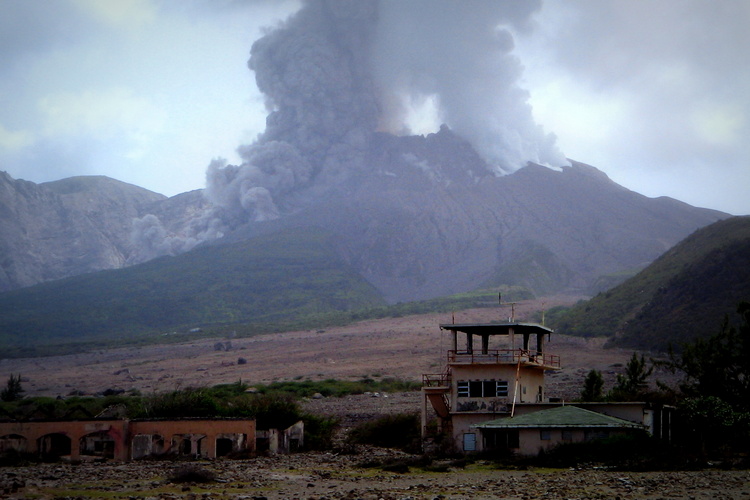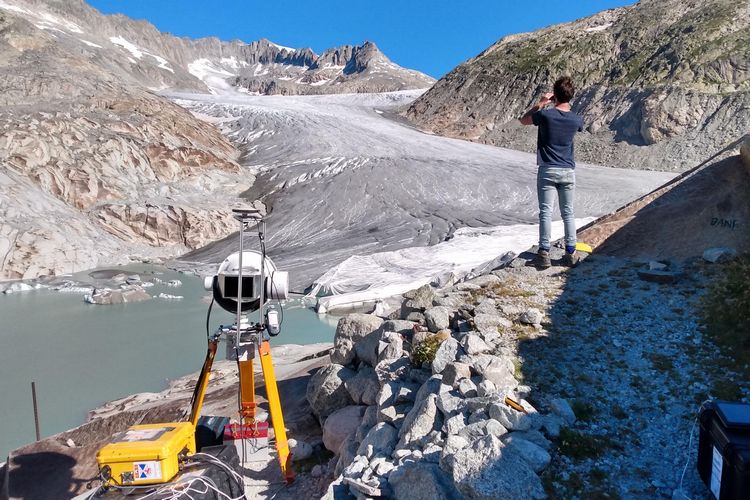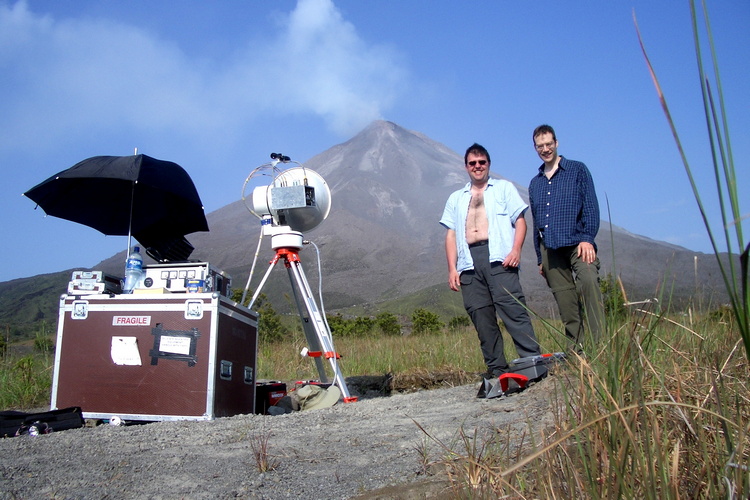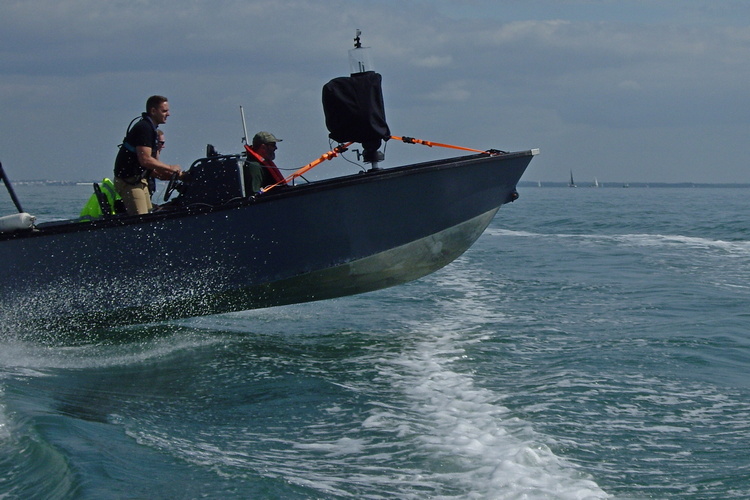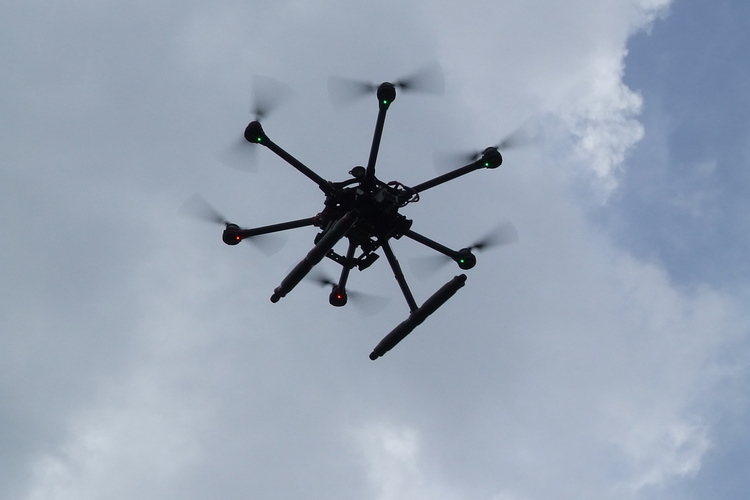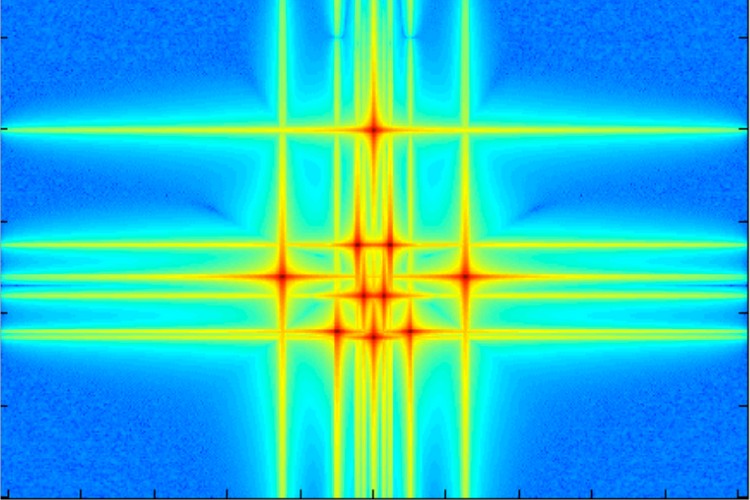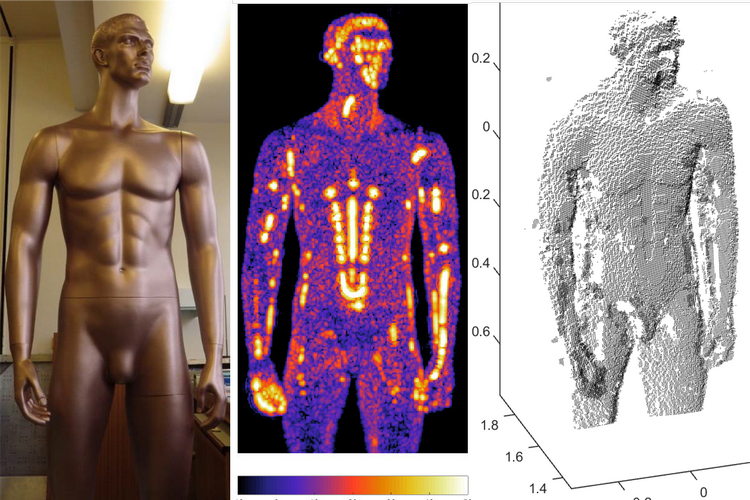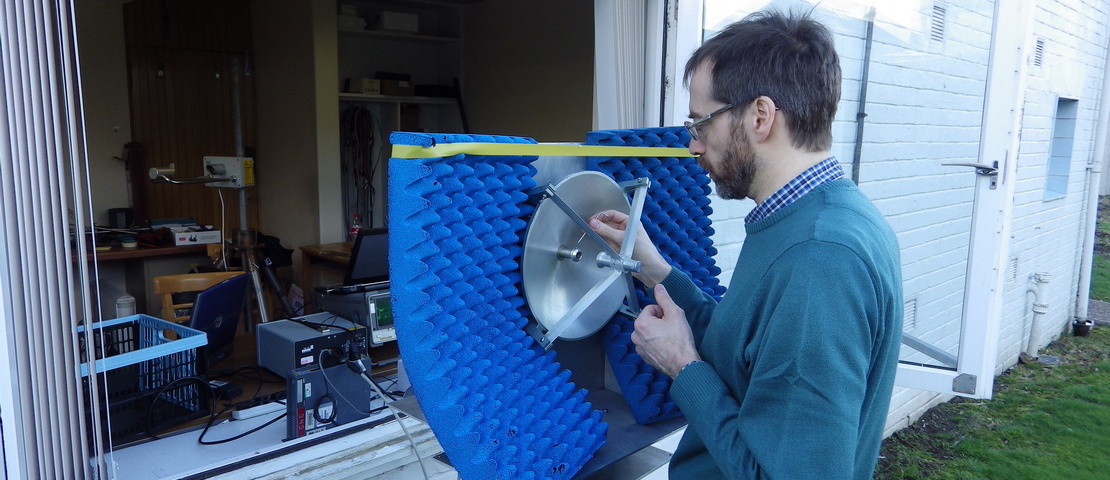Radar
Radars operating in the millimetre (30 to 300 GHz) and submillimetre (300 to 500+ GHz) ranges offer a number of advantages over their lower frequency microwave (or centimetre wave) counterparts. For a given antenna aperture, beamwidths are narrower at higher frequencies, or alternatively, for a given beamwidth, millimetre wave antennas can be smaller. Sub/millimetre wave radars can therefore be made very compact – it is even possible to have a complete radar system including antennas on a single semiconductor chip. Higher absolute bandwidths are easier to achieve in the millimetre wave range (smaller fractional bandwidth) which enables higher range resolution. Doppler shifts are greater at these higher carrier frequencies which can make it easier to measure slow moving targets or achieve finer Doppler resolution in a given coherent integration time. In synthetic aperture radar, the wider available bandwidth giving higher range resolution is complemented by higher cross-range resolution afforded by the shorter wavelength, for a given length of synthetic aperture. Sub/millimetre wave radars therefore find application where physical space is constrained or where high resolution is required. While atmospheric propagation is less favourable than at microwave frequencies it is substantially better than at infrared or visible wavelengths, especially in obscuring conditions, so sub/millimetre wave radars are ideally suited for certain applications which benefit from this trade-off in properties between the microwave and electro-optical regions.
We first started venturing into millimetre wave radar (at 94 GHz) in the late 1990’s. We began in earnest in 2002 with our first grant to develop a portable radar for mapping volcanic lava domes in obscuring conditions and our radar research has developed steadily since then under the leadership of Dr Duncan Robertson. Being primarily an instrumentation development group, we have specialised in developing radar systems which target a wide variety of applications, broadly falling under the themes of environmental monitoring and security. We specialise in developing high performance prototype and proof-of-concept radar systems, with an emphasis on real-beam imaging and real-time signal processing, and use them to investigate target and clutter phenomenology from which we develop classification methods, increasingly through machine learning techniques. You can learn more about our current radar projects using the following links.
